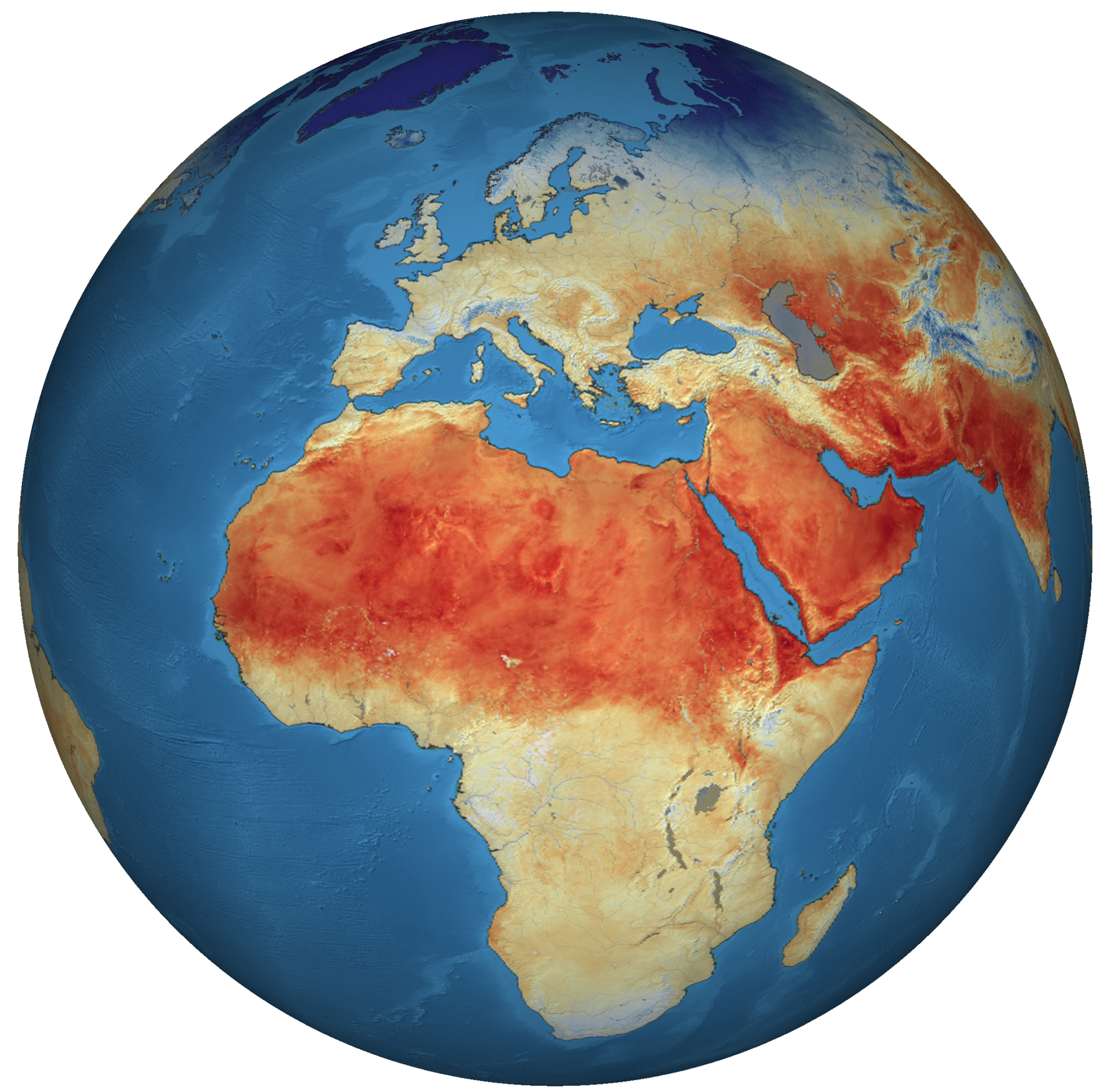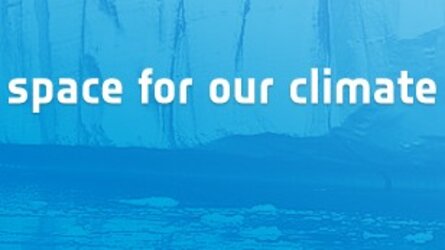Earth observation
Thanks to the satellite era we are better placed to understand the complexities of our planet, particularly with respect to global change. Today’s satellites are used to forecast the weather, answer important Earth-science questions, provide essential information to improve agricultural practices, maritime safety, help when disaster strikes, and all manner of everyday applications.
The need for information from satellites is growing at an ever-increasing rate. ESA is a world-leader in Earth observation and remains dedicated to developing cutting-edge spaceborne technology to further understand the planet, improve daily lives, support effective policy-making for a more sustainable future, and benefit businesses and the economy.
Advancing knowledge
The Earth Explorer missions are designed to improve our understanding of Earth. They use cutting-edge space technologies to learn more about the interactions between the atmosphere, biosphere, hydrosphere, cryosphere and Earth’s interior, essential to understand how Earth works as a system. Importantly, they address scientific questions that help predict the effects of climate change and address scientific questions that have a direct bearing on societal issues that humankind is likely to face in the coming decades. While these missions are fulfilling their original brief, they are all surpassing expectations with their data, finding a multitude of uses in real-world applications to improve everyday life.
Improving daily lives
The Sentinel missions are developed specifically for the European Union’s Copernicus programme – the largest environmental monitoring programme in the world. By providing a set of key information services for a wide range of practical applications, the programme is making a step change in the way we manage the environment, understand and tackle the effects of climate change, and safeguard everyday lives. Each Sentinel mission carries state-of-the-art technology to deliver a stream of complementary imagery and data tailored to the needs of Copernicus. These data are free of charge and open to users worldwide, which not only eases the essential task of monitoring the environment, but also helps stimulate enterprise, creating new jobs and business opportunities.
Watching the weather
The economic and social benefits of accurate weather forecasts are huge; they allow us to make informed decisions, whether it be harvesting a crop before it rains, gritting the roads to prevent accidents, routing aircraft and marine traffic to avoid adverse conditions, or simply plan everyday activities. Thanks to the cooperation between ESA and Eumetsat, Europe has a fleet of meteorological satellites, in both geostationary and polar orbits, to provide essential information for weather forecasts. Information from these satellites is also used to understand climate change.
Beyond a satellite mission
ESA has also been instrumental in setting up a number of initiatives such as the Climate Change Initiative and the International Charter ‘Space and Major Disasters’. The Climate Change Initiative makes full use of Europe’s Earth observation space assets to generate long-term datasets on key indicators of climate change. These ‘essential climate variables’ provide Europe with a powerful tool to monitor the climate system and help predict the effects of change. The International Charter provides rapid access to satellite data to help disaster management authorities in the event of a disaster such as a flood, earthquake or volcanic eruption.










